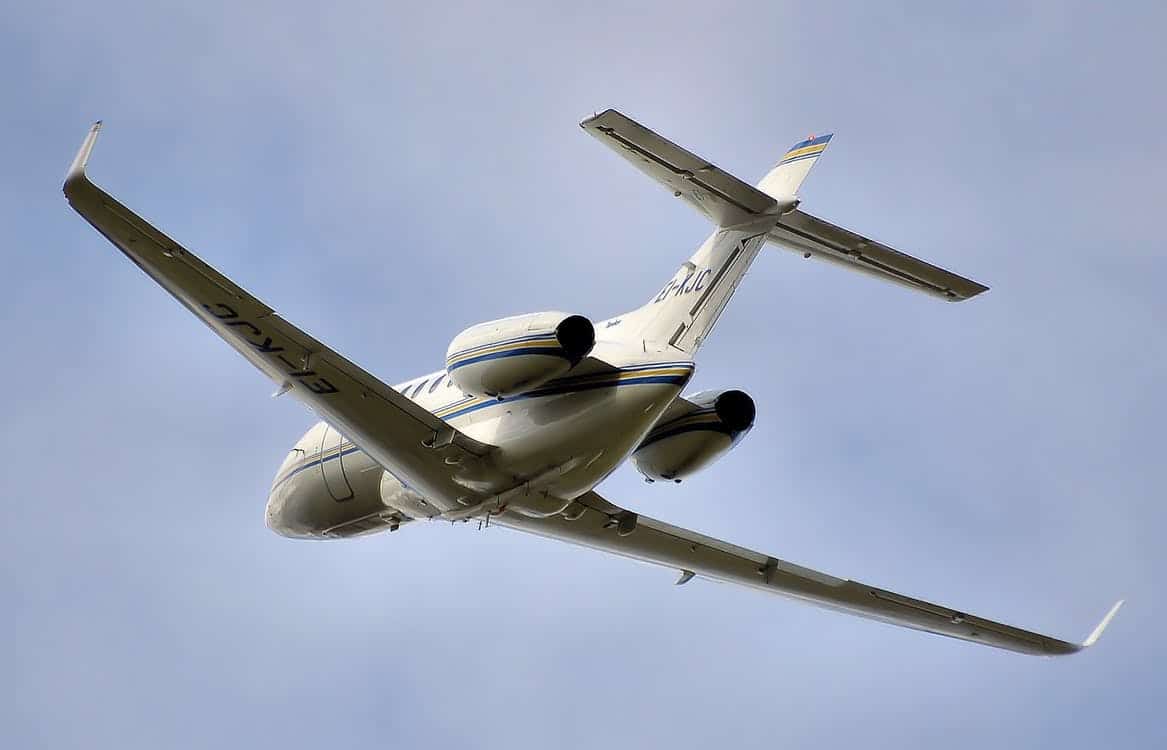The aviation sector is seen as a significant contributor to global emissions and pollution. With governments and industries around the world increasingly committed to reducing this, aviation is going to have to adapt. There are already many changes underway in the industry as it reduces emissions and improves efficiency.
Articles About Aviation Improvements
Aviation Sector Improvements
Air traffic, of course, represents a vital part of global connectivity. Volumes have increased significantly over the years and continue to do so. Figures show that travel has grown at least 5% each year since 1980, and continues to do so. Pre-pandemic, the ICAO predicted that air traffic will double over the next 15 years. This may shift as we emerge from the pandemic, but growth will return.
If left unchecked, such growth will clearly bring further rises in emissions. This is already a concern, with the aviation sector long highlighted as a significant contributor to global emissions. The sector has responded well, though. There is an ambitious target to cut global aviation sector emissions by 50% before 2050 (based on 2005 levels).
For this growth and the reduction targets to be met, change is needed. Major changes will take time, but there is plenty underway already.
Improving Aircraft Efficiency
Making improvements to performance, efficiency, and operating cost have been factors in aircraft development for decades. Achieving a lower cost per seat has always been important for manufacturers and airlines, and this has been compounded by a growing focus on environmental impact.
Early on, the focus was more on engine power and capacity, but jets these days are increasingly efficiency focussed. The main changes we have seen in the generations of Airbus and Boeing narrowbody aircraft for example are related to more efficient engines and improved aerodynamics. This continues with newer aircraft like the A350 and 787. These offer not just engine improvements but new composite construction. Private and business jets have seen similar improvements.
Lower Emission Fuels & New Power Sources
A longer-term switch is also underway in fuel sources and propulsion. Sustainable Aviation Fuel (SAF) is made from renewable sources and mixed with standard kerosene-based jet fuel. Use of this is increasing but requires further investment to lower production costs and boost its use.
Looking further ahead, work is underway to develop electric or hydrogen power sources for aviation. These could make radical improvements in improving the aviation industry.
Electric propulsion has more potential for smaller aircraft and for shorter range – as size and weight challenges are likely to limit it for more extensive use. Hydrogen fuel presents a more realistic option for larger aircraft. Hydrogen fuel, and fuel cell technology, are already in use in other industries, and developments are underway in aviation. Airbus hopes to have the first large commercial aircraft in service by 2035.
Upgrading Air Traffic Control (ATC)
Engine and fuelling improvements are not the only way to improve the sector’s performance. There are inherent inefficiencies in aircraft routing and legacy air traffic control systems. Switching to satellite-based ATC systems would allow for more efficient routings and a reduction in fuel burn.
This is particularly important over ocean areas, where radar coverage is limited, and aircraft must use fixed tracks. Trials of satellite-based control over the North Atlantic are underway with the UK and Canadian air traffic services. There are many challenges in adoption, but changes here could bring quick results for both airlines and private jet users.
Taxation & Government Regulation
A final area to think about for improvement is regulation. We have already seen some airlines, and private jet operators, introduce carbon offsetting charges for passengers. Taking this further, governments may look to enforce such charges and taxation. This could be differentially applied in many ways – such as to control heavy flight users or restrict shorter flights.
Final Thoughts
Aviation has undergone many changes in the past century since flight began. We have seen huge advances in power, speed, and capacity as use has risen globally. For this expansion to continue, though, changes are needed to keep the industry in line with new green expectations. Many are underway, but there is much more to come.
CONTACT OUR TEAM TODAY
If you have any questions aviation industry, feel free to contact our team today for more information.
Aviation News




